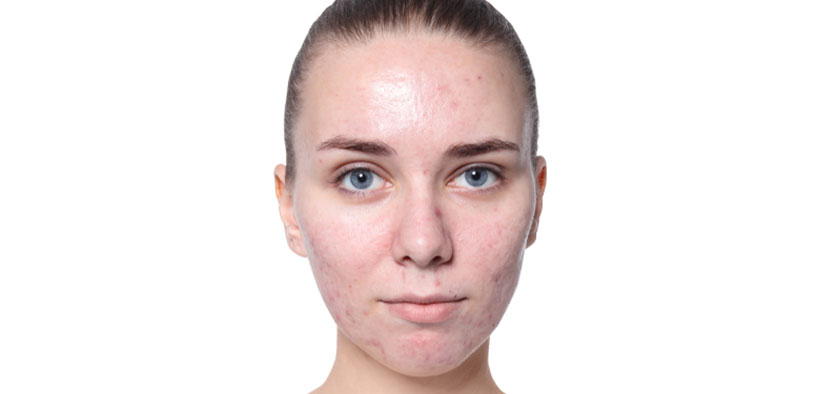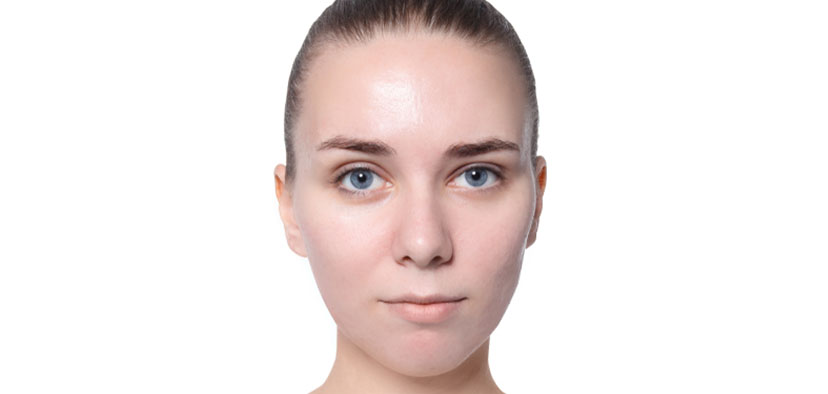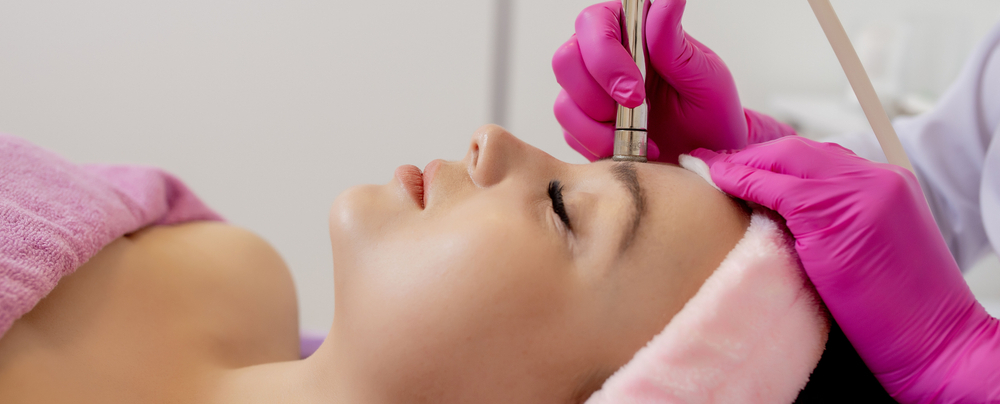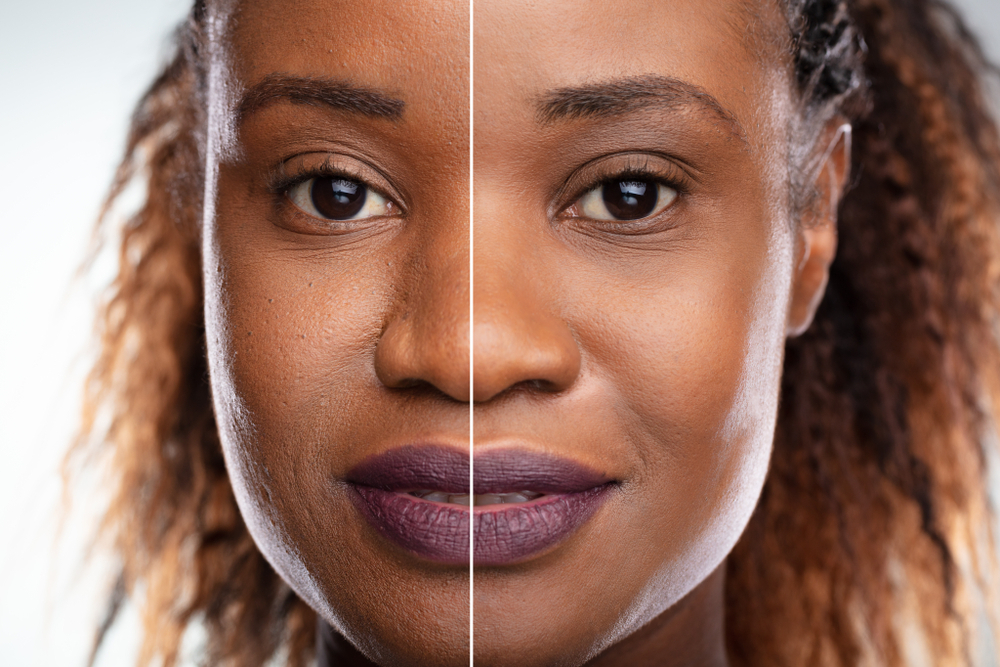Microdermabrasion in Iran
Procedure Details and Prices
Microabrasion is a procedure for removing blemishes, pimples and acne, and also to rejuvenate the skin. In this method, the skin is peeled using special equipment and materials.
An Overview of Microdermabrasion and Dermabrasion in Iran


Dermabrasion and microdermabrasion are exfoliation techniques performed to remove skin lesions such as acne, pimples and sutures, and to rejuvenate skin. It is a fact that in order to maintain the freshness and firmness of the skin, it is necessary to exfoliate the facial skin from time to time to remove dead and damaged skin cells and stimulate the growth of new cells. Dermabrasion and microdermabrasion are one of these methods.
In this article, we explain the cost of dermabrasion and microdermabrasion in Iran, the process, comparison of these two methods, their application, possible complications and pre- and postoperative care.
The Cost of Dermabrasion and Microdermabrasion in Iran
Iran is one of the destinations of medical tourism, especially in the field of skin care. The cost of dermabrasion and microdermabrasion in Iran is so much more reasonable compared to other countries. This cost depends on several factors. Normally an experts determines the exact cost after close examination. Some of the affecting factors are:
- Number of sessions required;
- Depth and level of peeling;
- Amount of powder required;
- Type and quality of powder;
- Type of machine used.
Removing a small pimple or scar, for example, is certainly less expensive than rejuvenating and exfoliating the entire face.
Take a look at the charts below to compare Dermabrasion and Microdermabrasion prices in Iran with the rest of the world.

Procedure Details
Dermabrasion and Microdermabrasion are simple skin procedures and do not require either anesthesia nor clinical stay. The entire treatment takes a maximum of 1 hour and the entire healing span will be just a day. The candidate can resume work 3 days after receiving this treatment.
Anesthesia
Not Necessary
Operation
30 - 60 Minutes
Clinical Stay
Not Necessary
Total Stay
7 Days
Back to Work
3 Days
Healing
24 Hours
Why Skin Peeling? What Are The Different Methods?

Skin peeling helps with the shedding of dead skin cells on the surface and stimulates the underlying tissue to reproduce cells; as a result, younger and clearer skin replaces the previous skin. This tissue normally sheds its dead cells every 30 days. But this process is sometimes incomplete and a number of dead cells remain on the skin. These cells can clog skin pores and cause pimples and acne. With dead cells present, creams and skin care products are better absorbed. Peeling includes several methods:
Laser Peeling
This technique takes advantage of carbon dioxide or fractional laser. It is useful in the treatment of some skin diseases such as wounds, brown spots on the face and hands in the elderly and skin wrinkles, as well as skin rejuvenation.
Hydrodermabrasion
It is a method similar to microdermabrasion but it is more common. Hydrodermabrasion exfoliates without the need for crystals and rejuvenates the skin by massaging it. Antioxidant serums are also used to hydrate the skin.
Microneedling
Microneedling creates small holes in the skin using a mechanical device to reduce wrinkles and scars.
Chemical Peeling
In this method, chemicals (usually weak acids) break the connections of surface cells and separate them.
Types of chemical peels include:
- Alpha Hydroxy Acids
- (AHA)Hydroxy
- Beta-Acids (BHA)
- Retinoic Acid.
Dermabrasion and Microdermabrasion
It is a skin peeling method that requires a clinic. We will discuss these in the details in the following article.
What is Dermabrasion?

Dermabrasion is a process that takes advantage of a vibrator device rubbing the upper layer (epidermis) and half of the middle layer (dermis) of the skin. As a result, fibroblast cells in the middle layer, which play a restorative role, begin to produce collagen and new tissues. In this process, the skin regenerates and becomes younger and fresher.
Dermabrasion is performed on an outpatient basis, in specialized dermatological centers and under the supervision of a dermatologist or by a plastic surgeon. We recommend this method for those who want to have clearer and smoother skin by eliminating superficial skin lesions.
What is Microdermabrasion?
Microdermabrasion is a non-chemical and non-invasive method.
In this method, the recovery period is much shorter. It enhances the production of the new layer of skin cells along with large amounts of collagen and elastin.
Differences Between Dermabrasion and Microdermabrasion
They are both exfoliation and skin rejuvenation treatments. Proper medical advice prior to performing this cosmetic procedure can help you with choosing the right treatment. The effectiveness of each method varies according to the type of skin and skin lesions.
- Microdermabrasion is less suitable for light skins and may cause blemishes, scars or discoloration on darker skin.
- Microdermabrasion is a less invasive procedure that does not require anesthetic during treatment. Dermabrasion, on the other hand, requires a local anesthetic and sometimes a sedative during the procedure.
- Dermabrasion requires specialized dermatological centers and the supervision of a dermatologist or plastic surgeon while microdermabrasion does not. A certified skin care center with the supervision of people who have passed the relevant course and have a degree would suffice.
- The duration of treatment and recovery in microdermabrasion is shorter and about 24 hours; the candidate returns to their daily activities almost immediately. While dermabrasion sometimes takes about 10 days to heal and after this period, the person can return to work.
Applications of Dermabrasion and Microdermabrasion in Iran

The most important application of dermabrasion and microdermabrasion in Iran and all around the world is removing the following from the facial skin:
- acne;
- blackheads;
- scars that were caused by stitches;
- burns;
- chicken pox spots;
- spots left behind from pregnancy;
- age spots and treatment of premature skin aging and rejuvenation;
- Sunburn spots;
- Wrinkles on the face and neck (such as lines around the lips and forehead);
- tattoos;
- skin roughness;
Skin lightening and treatment of rhinophyma are also some of the uses of these treatments.
Who is Dermabrasion and Microdermabrasion For?
In general, people of any age can undergo these treatments. Doctor often recommend skin peeling after the age of 25. Also, after the age of 45, repairing skin imperfections will be more difficult and time consuming.
Who Are These Not For?
- We do not recommend these methods for people with skin allergies, those with open acne (due to the risk of infection), pregnant women, and people with a history of radiotherapy.
- Also, people with clotting disorders such as hemophilia and those taking blood thinners such as aspirin should consult their doctor before surgery.
Preoperative Preparations
- Inform your physician about any prescribed medications or OTCs (over-the-counter) or supplements you are taking.
- Your doctor may ask you to stop taking blood thinners such as aspirin (one week before surgery). This reduces the risk of bleeding.
- The doctor will ask you to stop smoking a few weeks before and after surgery. Smoking reduces blood flow to the skin and prolongs the healing process.
- It is recommended that you avoid severe and prolonged exposure of the skin to sunlight for a few weeks before and after dermabrasion, and be sure to use sunscreen.
- Your physician may prescribe antivirals and antibiotics as well as retinoid creams to prevent infection.
- Before treatment, your doctor will examine you and review your medical history. Your doctor will tell you about the risks and possible side effects.
How Dermabrasion and Microdermabrasion Are Carried Out in Iran
Stages of dermabrasion:
Before starting the treatment, the target area is cleaned and disinfected. Then the skin is locally anesthetized. Sedatives may also be used depending on the situation. Dermabrasion is a relatively invasive procedure in which a doctor exfoliates the skin with a rotating motor device with an abrasive head called a dermabrator. This is usually done on the skin of the face. This method is relatively fast and depending on the extent of the lesion, each session takes about 30-60 minutes.
Steps to perform microdermabrasion:
In microdermabrasion, the use of anesthetics is not necessary. This method, powder-like crystalline particles (aluminum oxide or sodium bicarbonate) are rubbed on the skin using a special device. In microdermabrasion, the recovery period is shorter and the results fully surface after 24 hours.
Our team of proficient doctors and dermatologists in Medpaltrip will provide world class skin treatment for you.
A Few Key Notes

- The advantage of dermabrasion over other methods is that it does a deeper exfoliation, thus eliminating deeper lesions. Another advantage of dermabrasion over similar chemical methods is the ability of dermabrasion to stimulate collagen production, which results in smoother skin. It has a lower risk of skin discoloration than other chemical methods.
- Microdermabrasion is suitable for almost all skin types. It is non-invasive and has a rapid recovery period.
Postoperative Care
- After dermabrasion, your skin becomes pink and swollen. It may take up to 3 months for this pink color to disappear.
- In dermabrasion, recovery takes up to 10 days. In microdermabrasion, this period is less and about 24 hours.
- Your doctor may prescribe painkillers or sedatives, depending on your condition. Antibiotics and anti-herpes medications are also common. Avoid the usual anti-acne treatments.
- It is recommended to keep the skin moist and use moisturizing creams.
- It is very important to take care of your skin in the sun for several weeks after treatment. Reduce unnecessary direct contact with sunlight and be sure to use sunscreen.
- Avoid smoking, alcohol and blood thinners until a few weeks after treatment.
- Keep staying under the supervision of your doctor until the next appointment and completion of the procedure.
Possible Side Effects
The most common complication of dermabrasion and microdermabrasion includes swelling, redness, and mild pain (burning and tingling) that usually goes away within a few hours of treatment and small bruises may also occur. Some of the other side effects are:
- Skin infections;
- Darkening of the skin after sun exposure;
- Discoloration and heterogeneity of the skin;
- Scar;
- Itchiness.
